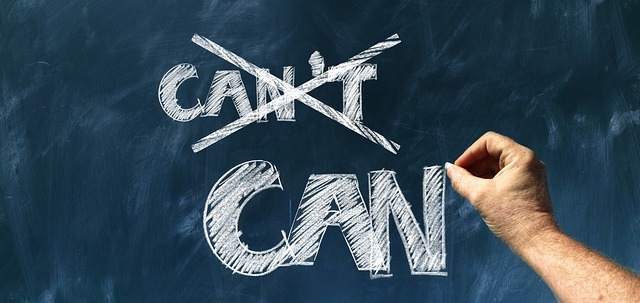Self-Exclusion Tools are digital solutions allowing individuals to manage online habits voluntarily, setting boundaries like app or social media access limits. These tools, integrated into operating systems or standalone apps, cater to diverse needs with AI-driven tracking and progress visualization. By empowering users with insights into their digital behaviors, these tools promote healthier online engagement, enhancing productivity, sleep, and overall well-being. Regular review and updates ensure their effectiveness in evolving personal circumstances.
“Self-exclusion tools, an innovative concept in responsible gambling, empower individuals to voluntarily limit their access to gaming platforms. This article offers a comprehensive guide to understanding and implementing these tools. We’ll explore different types, from time-based limits to session capping, unraveling their functionality. Additionally, we’ll delve into effective strategies for self-exclusion, providing insights to support individuals in taking control of their gambling habits. By the end, readers will grasp the significance of these tools in promoting healthier gaming.”
- Understanding Self-Exclusion Tools: A Conceptual Overview
- Types of Self-Exclusion Mechanisms and Their Functionality
- Implementing Self-Exclusion: Strategies for Effective Use
Understanding Self-Exclusion Tools: A Conceptual Overview

Self-Exclusion Tools are designed to empower individuals to take control of their digital well-being by voluntarily limiting access to online platforms or specific content. This concept has gained significant traction in recent years, driven by concerns over excessive screen time, social media addiction, and mental health impacts. These tools allow users to set boundaries, such as restricting certain apps during work hours or blocking access to social media at night, thereby fostering a healthier digital lifestyle.
At their core, Self-Exclusion Tools leverage technology to enforce these restrictions. They can be integrated into operating systems, web browsers, or standalone applications, offering a range of customization options. By understanding and utilizing these tools effectively, users can create a more balanced digital environment, enhancing productivity, improving sleep patterns, and promoting overall well-being.
Types of Self-Exclusion Mechanisms and Their Functionality

Self-Exclusion Tools come in various forms, each designed to cater to different needs and behaviors. These tools can be broadly categorized into three types: app-based, website-blocking, and behavioral tracking. App-based self-exclusion mechanisms are popular among smartphone users, offering features like setting time limits for specific apps or completely blocking them during certain periods. This type is particularly effective for those struggling with excessive screen time or addictive apps.
Website-blocking tools, on the other hand, are more focused on curbing online gambling or access to adult content. They allow users to create blacklists of websites and block them from their devices or networks. Behavioral tracking tools utilize artificial intelligence to monitor user activity across multiple platforms, identifying patterns indicative of problematic behavior. By providing insights into time spent, content accessed, and frequency of use, these tools empower individuals to make informed decisions about their digital habits.
Implementing Self-Exclusion: Strategies for Effective Use

Implementing self-exclusion tools is a proactive step towards managing personal well-being and online behavior. These tools, often found within gaming platforms or digital applications, allow users to set limits on their usage, ensuring a healthier balance between digital engagement and other aspects of life. One effective strategy involves defining clear goals for self-restriction, such as specific time frames or frequency of access. Users can then utilize the tools’ features to schedule sessions or set daily limits, receiving reminders and notifications to adhere to these restrictions.
Additionally, personalizing self-exclusion strategies based on individual needs is key to success. This may include tailoring alerts for different activities, like receiving reminders for gaming breaks or social media downtime. Many Self-Exclusion Tools also offer progress tracking, enabling users to visualize their achievements and adjust settings accordingly. Regularly reviewing and updating these strategies ensures that the tools remain effective as personal circumstances and digital habits evolve.
Self-exclusion tools play a pivotal role in enabling individuals to take control of their online behavior, offering a practical solution for those seeking digital wellness. By understanding the various mechanisms and implementing strategic practices, users can effectively manage their screen time, enhance productivity, and promote a healthier relationship with technology. These tools are invaluable resources in today’s digitally saturated world, empowering folks to navigate the online landscape mindfully.






